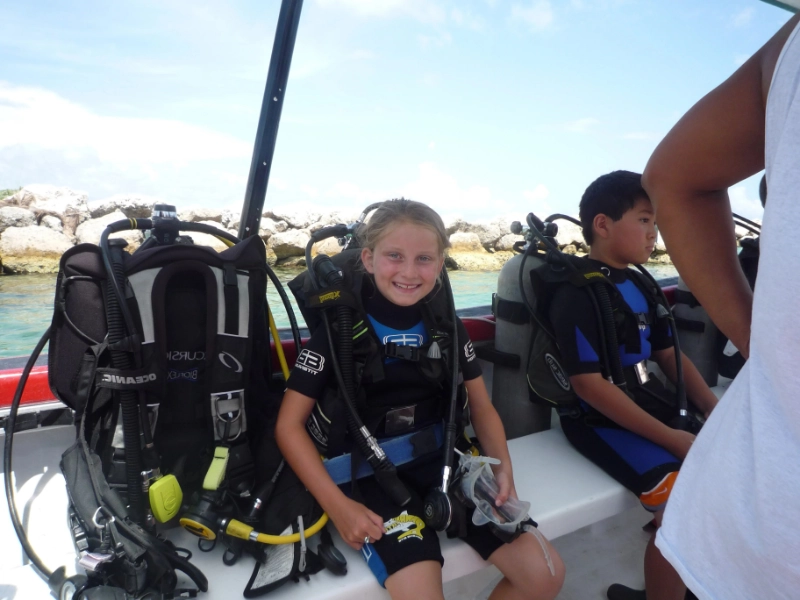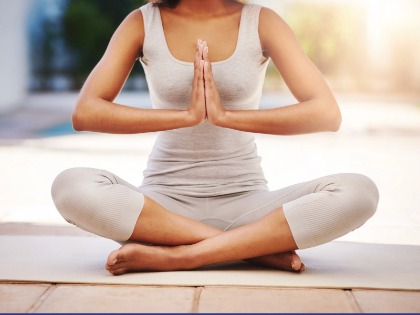Enhancing Air Consumption: Methods for Extended Dives
Enough air supply is essential for any dive to be enjoyable. Luckily, there are a number of techniques each diver may use to increase their air usage and increase their underwater time. Exercise buoyancy control is one of the suggestions that calls for a particular level of physical fitness. There are other, more basic strategies, such doing frequent weighting tests.
1. Breathing Methods

2. Equilibrium
 You discover your oxygen is running low while submerged far down, amid dazzling coral and schools of fish drifting lazily through the stream. It's a frustrating scenario, particularly if your dive partner still has a lot of air in them to explore.
The key to cutting down on air consumption is to maximise your buoyancy, minimise movement, and maintain perfect trim throughout the whole dive. Correct weighting allows you to stay horizontal in the water column, save energy by not constantly pumping air into and out of your BCD, and minimise energy expenditure when resisting the current.
Although increasing your body size or lung capacity may be difficult, maintaining a high level of physical fitness can have a significant impact on your rate of air consumption. A body in better shape burns oxygen more effectively, resulting in longer dive periods and a lower surface oxygen consumption rate. Another very significant approach to assist down your air consumption is to unwind underwater.
You discover your oxygen is running low while submerged far down, amid dazzling coral and schools of fish drifting lazily through the stream. It's a frustrating scenario, particularly if your dive partner still has a lot of air in them to explore.
The key to cutting down on air consumption is to maximise your buoyancy, minimise movement, and maintain perfect trim throughout the whole dive. Correct weighting allows you to stay horizontal in the water column, save energy by not constantly pumping air into and out of your BCD, and minimise energy expenditure when resisting the current.
Although increasing your body size or lung capacity may be difficult, maintaining a high level of physical fitness can have a significant impact on your rate of air consumption. A body in better shape burns oxygen more effectively, resulting in longer dive periods and a lower surface oxygen consumption rate. Another very significant approach to assist down your air consumption is to unwind underwater.
3. Simplifying
 The psychological condition of a diver may also affect how much air they take in. An higher breathing rate brought on by tension can eventually exhaust a diver's air supply more quickly. A diver can lower their anxiety level and increase their oxygen consumption by using relaxation techniques and staying well within their comfort zone.
The configuration of a diver's equipment also affects how much air they use. An improperly fitted or streamlined piece of gear causes drag, which increases the diver's energy expenditure. A diver's underwater productivity can be improved by simplifying their equipment setup and tucking in loose attachments like knives, gauges, and reels.
Streamlining requires meticulous planning and execution and is not a simple task. However, by allowing a diver to enjoy longer and safer underwater excursions, it can significantly enhance the dive experience. By being aware of your Surface Air Consumption (SAC) rate, you may extend your underwater experiences and plan your dives with precision.
The psychological condition of a diver may also affect how much air they take in. An higher breathing rate brought on by tension can eventually exhaust a diver's air supply more quickly. A diver can lower their anxiety level and increase their oxygen consumption by using relaxation techniques and staying well within their comfort zone.
The configuration of a diver's equipment also affects how much air they use. An improperly fitted or streamlined piece of gear causes drag, which increases the diver's energy expenditure. A diver's underwater productivity can be improved by simplifying their equipment setup and tucking in loose attachments like knives, gauges, and reels.
Streamlining requires meticulous planning and execution and is not a simple task. However, by allowing a diver to enjoy longer and safer underwater excursions, it can significantly enhance the dive experience. By being aware of your Surface Air Consumption (SAC) rate, you may extend your underwater experiences and plan your dives with precision.
4. Calm Down
 It goes without saying that diving requires a lot of air. Your ability to dive is influenced by both physical fitness and relaxation, though. Anxiety and stress cause your breathing to quicken and your oxygen supply to decrease. Enhancing your ability to relax underwater through various practices will help you breathe easier.
Moreover, make an effort to reduce needless underwater movement. Sculling, fluttering your fins, and fidgeting with your hands are a few examples of actions that lead to excessive air consumption.
It takes time to build a personal diving style and much longer to get comfortable in the water. But the longer your dives are and the less air your cylinder uses, the more experience you have and the more at ease you are while diving. Cheers to your diving!
It goes without saying that diving requires a lot of air. Your ability to dive is influenced by both physical fitness and relaxation, though. Anxiety and stress cause your breathing to quicken and your oxygen supply to decrease. Enhancing your ability to relax underwater through various practices will help you breathe easier.
Moreover, make an effort to reduce needless underwater movement. Sculling, fluttering your fins, and fidgeting with your hands are a few examples of actions that lead to excessive air consumption.
It takes time to build a personal diving style and much longer to get comfortable in the water. But the longer your dives are and the less air your cylinder uses, the more experience you have and the more at ease you are while diving. Cheers to your diving!









